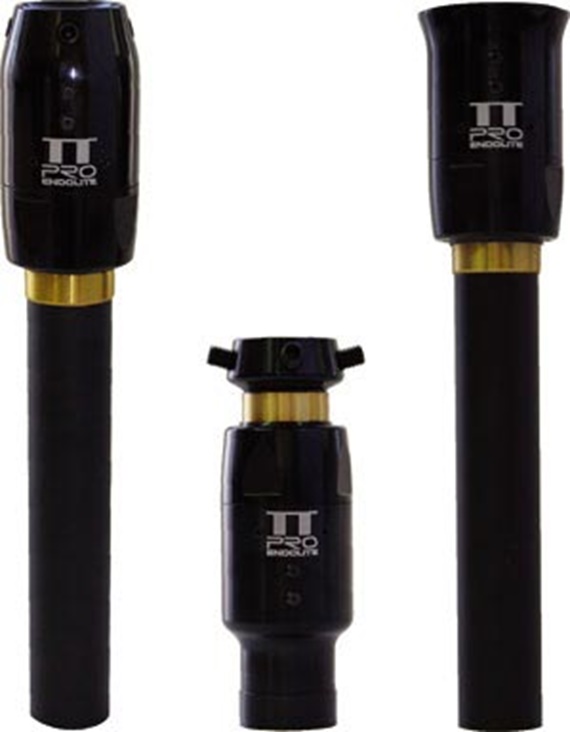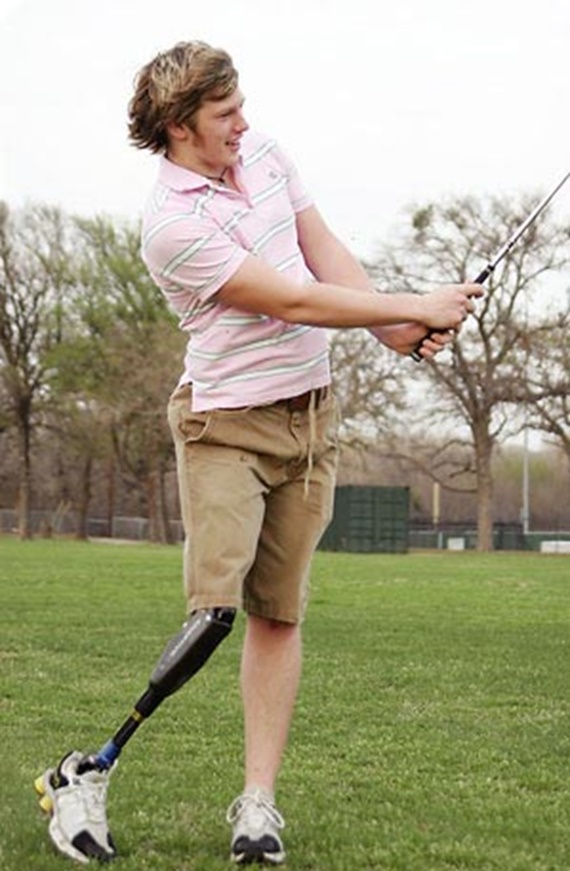Artificial Limb Absorbs Shocks and Impacts
Amputees will attest to the importance of comfort above all other factors for a successful prosthesis. Daily activities involve frequent impacts and rotational movement.Whereas a rigid prosthesis transfers these forces directly to the body interface - causing discomfort - one company’s unique lower limb prosthesis absorbs and reduces them in a resilient rod-and-spring action.
The energy-and-torque managing device originally used a PTFE mesh bearing, which was molded into the surface of a carbon-fiber tube. However, the bearing surface suffered significant wear when subjected to high loads, which resulted in play unacceptable to an amputee.
An iglide® Z plastic bushings from igus proved to be the only bearing able to withstand the significant edge loads and shear forces produced by patients weighing up to 275 lbs.
The finished prosthesis can be used when walking, running or even when taking part in extreme sports. Wearers attest to a smoother, more reliable motion and feel.

